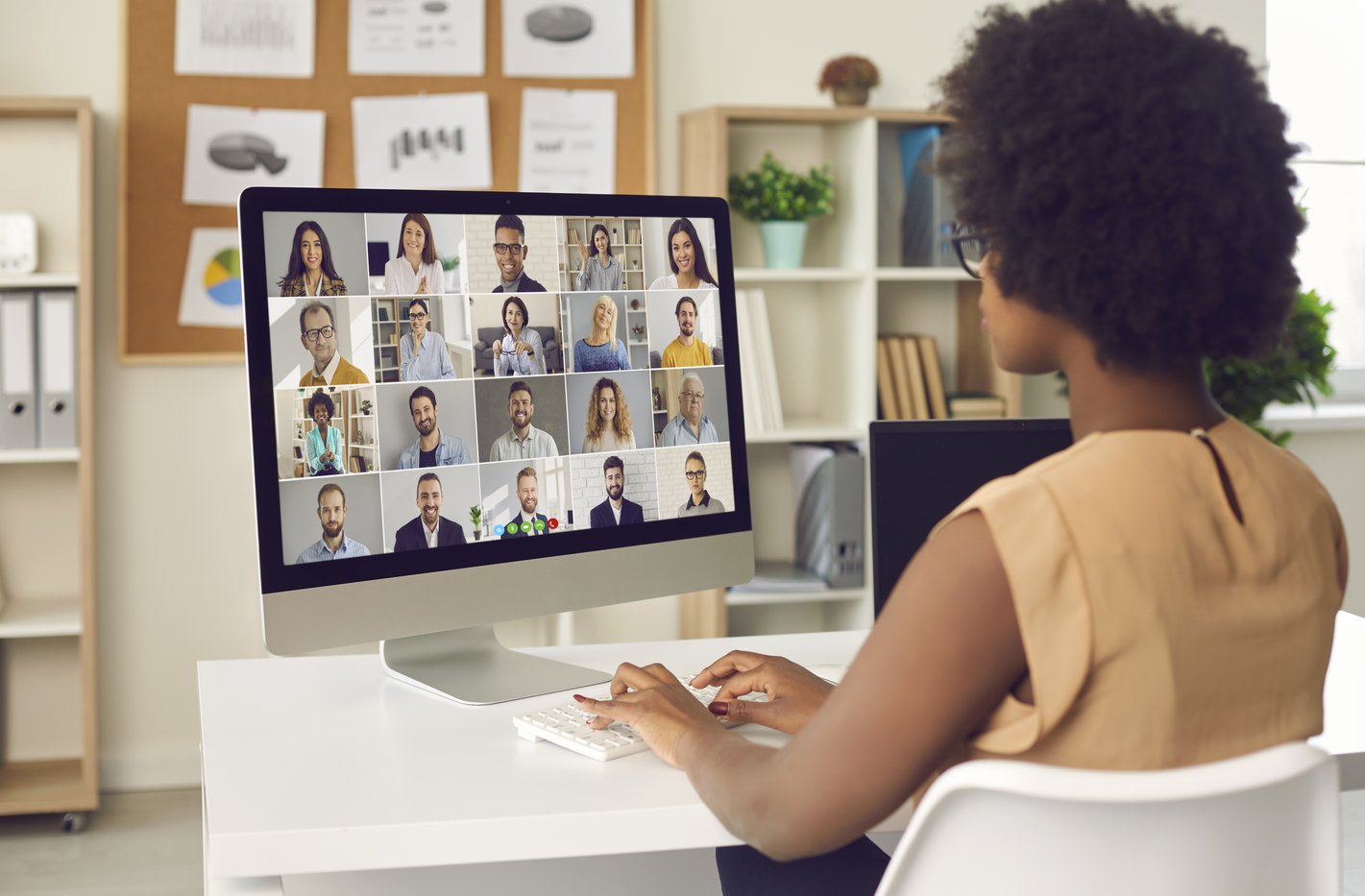Creating A High-Performing Hybrid Team in the post COVID-era

Simon Pole our Chief Innovation and Design Officer at Unispace, and a member of the Forbes Technology Council, talks to Forbes about the future of the office and how technology will be key to creating a more inclusive working environment for an increasingly hybrid workforce.
We’re more connected than ever
Since almost the whole world went into lockdown in April 2020, in many cases, we’re more connected than ever, despite being on opposite ends of the globe. Conferences and meetings all went virtual, but since travel reopened, those same meetings are being held both in-person and virtually. For those who don’t or can’t attend a meeting in person, how can the meeting experience be more inclusive, and the team member feel like an active participant and less like a square on a wall watching proceedings from their computer?
Tech will bring remote and office workers closer
Knowing that teams will be spread out among in-person and remote offices presents challenges when implementing strategies to strengthen team collaboration. What we can expect to see more of to combat the issue is the use of augmented reality to help push hybrid teams to new levels, and bring all team members into the fold, no matter where they are.
This will include tools with motion gesture and voice-activated commands with better human-computer interfaces to replace the clunky mouse-driven actions. Larger monitors and digital whiteboards, for example, at home and in the office where team members who are remote or in the office can engage. Currently, these devices are prohibitively expensive to roll out in every employee’s home office, but demand and competition will help.
We also need to find better ways to use tech in open-office environments. Until our ability to use “our inside voices” develops while wearing headphones, we will continue to disturb the entire office neighborhood as we tend to speak loudly with headphones on.
Tech in the office: something we used to fear
The focus of the future office is all about offering a different experience from the home working environment. It’s about providing technology that staff would not find feasible to invest in for the home office – large screens with 3D capabilities, and better tools to interact with colleagues or clients, wherever they are based.
Simon Pole, Chief Innovation & Design Officer at Unispace says: "Tech used to be something we feared, and it had a negative connotation. Over the past couple of years, this has rapidly changed, and it has become an attractor, not a detractor."
Going forward, it’s critical for companies to look at technology that will help remote and in-office workers collaborate and innovate better, together. Failing to invest in new ways of working will result in a less engaged workforce and the risk of talent going elsewhere.
Read the full Strategies For Fostering Inclusion In The Age Of The Hybrid Team article on Forbes.
About Simon Pole
Previously our Global Design Director, Simon now leads innovation at Unispace – a focus area that further enables us to revolutionize the creation of workplace. He drives the ideation of new solutions to our clients’ wide-ranging challenges as well as exciting and radical changes to our own approaches and technologies. Simon works across future-shaping, digital transformation, service innovation, R&D, big data, Unispace’s own tech products, and much more. A globally recognized thought leader, he participates in several think tanks and has been invited to be a contributor on the Forbes Technology Council.
Follow Simon on LinkedIn.


